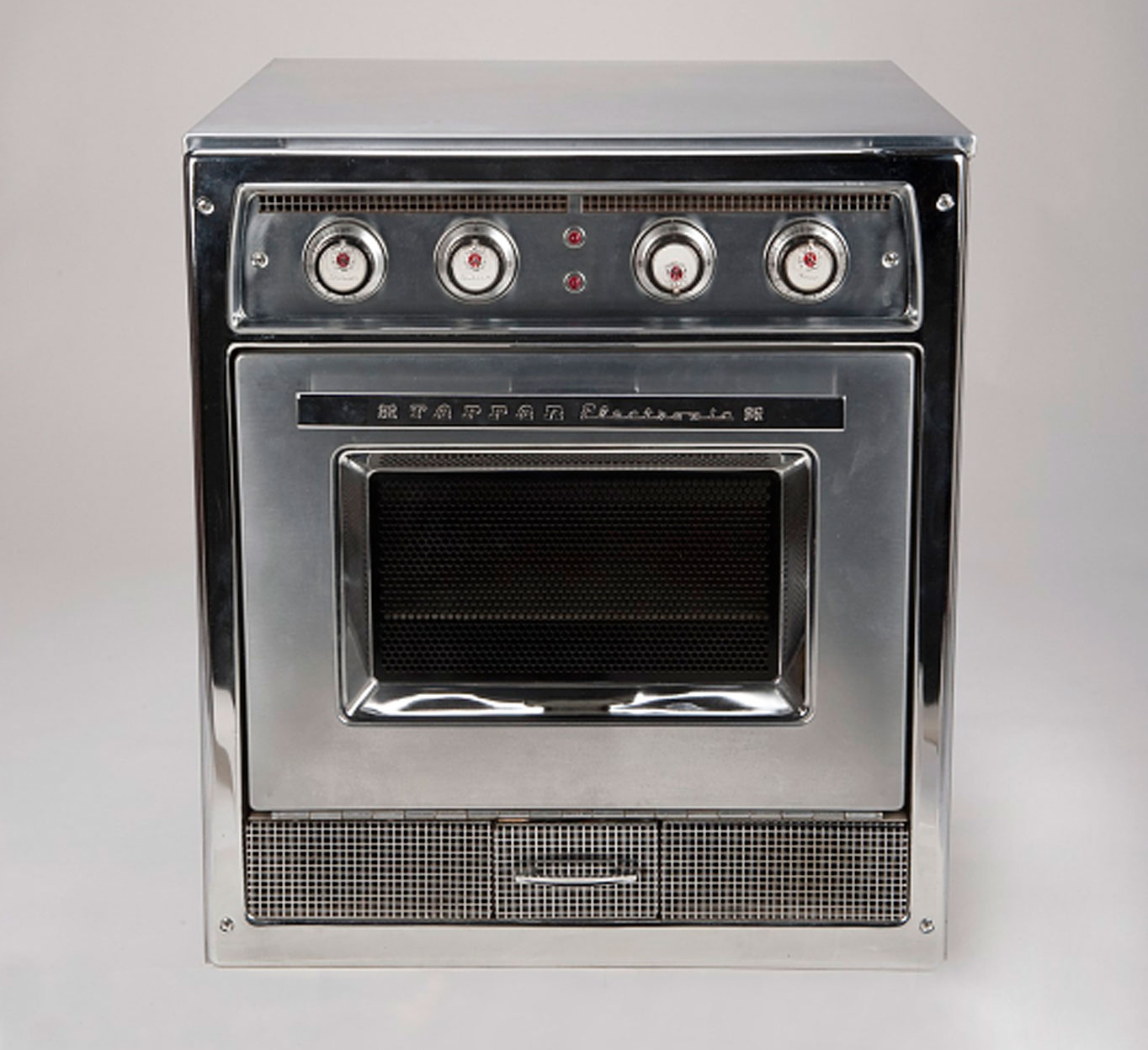Rhodri Marsden's Interesting Objects: The microwave oven
The latest in our Interesting Objects series looks at an appliance invented by accident that was once the star of the 'home of the future'

Your support helps us to tell the story
From reproductive rights to climate change to Big Tech, The Independent is on the ground when the story is developing. Whether it's investigating the financials of Elon Musk's pro-Trump PAC or producing our latest documentary, 'The A Word', which shines a light on the American women fighting for reproductive rights, we know how important it is to parse out the facts from the messaging.
At such a critical moment in US history, we need reporters on the ground. Your donation allows us to keep sending journalists to speak to both sides of the story.
The Independent is trusted by Americans across the entire political spectrum. And unlike many other quality news outlets, we choose not to lock Americans out of our reporting and analysis with paywalls. We believe quality journalism should be available to everyone, paid for by those who can afford it.
Your support makes all the difference.* It was today in 1955 that the first domestic microwave ovens went on sale to the public. American consumers were now able, if they wished, to blow $1,295 (around £7,200 in today's money) on the Tappan RL-1, complete with its glass shelf and recipe card drawer. Tappan evidently wasn't expecting much of a rush in the shops; they only bothered manufacturing 34 of them.
* Tappan had licensed the technology from Raytheon, which today is the world's largest producer of guided missiles, but in 1945 its main business was radar components. As the Second World War ended, it was desperately looking to diversify. One of its engineers, Percy Spencer, had a eureka moment when he noticed that a chocolate bar in his pocket had completely melted while he stood in front of one of the magnetrons. He asked an assistant to fetch a bag of popcorn, which he emptied on to a nearby table. It began to pop. Spencer had invented "stopwatch cooking".
* 100 Raytheon engineers were put to work on the new project, which was seen as a way of freeing the American housewife from stove-based drudgery. Rather wonderfully, one of the early designs featured microwaves being blasted at food that passed by on a conveyor belt, but soon the magnetrons were incorporated into an oven-like shell. In 1947, the 'Radarange' went on sale to businesses for a cool $3,000.
* Despite Tappan halving the price of the microwave oven with the RL-1, the public failed to show much interest until sub-$500 models went on sale in the mid-1960s. Spencer was inducted into the National Inventors Hall of Fame in 1999, some 29 years after his death. He received no royalties for his invention from Raytheon, instead receiving a one-off payment of precisely $2. Stingy or what?
@rhodri
Join our commenting forum
Join thought-provoking conversations, follow other Independent readers and see their replies
Comments